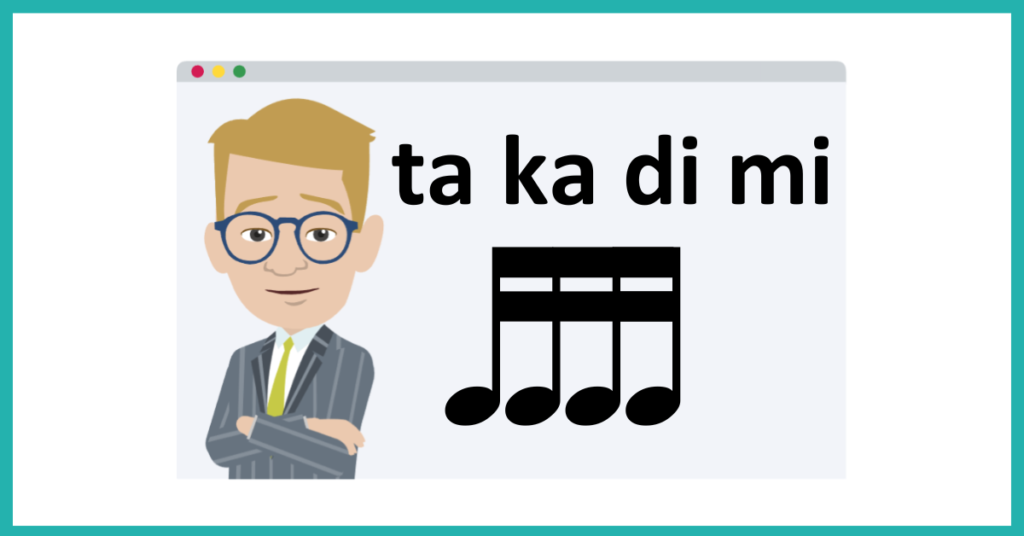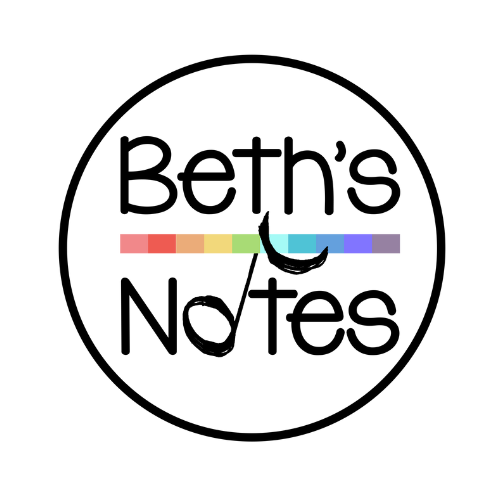Dr. Philip Tacka
Rhythm syllables have an important role to play in the development of rhythmic concepts and elements at all levels of music education. We believe that to understand the aural relationships in a rhythm pattern, students should be able to identify a sound with a specific rhythm syllable before they are introduced to notation. Takadimi rhythm syllables derive from North Indian tabla playing and are used vocally.
They come from a world music practice used to vocalize divisions of a pulse. Because they derive from a world music practice, they are inherently musical.
Audiation is an essential part of our teaching and requires that students identify the number of sounds they hear on a beat before they are shown any representation of those sounds on a beat; in other words, sound before symbol.
The takadimi syllables work because they not only identify the number of sounds on the beat, but also identify where the sounds occur on the beat.
Takadimi rhythm syllables reflect the durational values of sounds within a pulse. “Ta” reflects one sound on a beat; but that sound can be interpreted as a quarter note, an eighth note, or a half note depending on the time signature.
Therefore, the takadimi system can be used with significantly more advanced rhythmic hearing and reading.
While the traditional rhythm syllables used in Hungarian music education “ta-ta-titi-ta” are often used, they are primarily limited to the elementary grades where “ta” is equated with a quarter note.
Traditional rhythm syllables do not illuminate the position of sounds within a beat.
The takadimi rhythm syllables also relate to “counting with numbers.”
“ta” is equated with a numeral, “di” is equated to “&.” Four sounds on a beat, “takadimi” is likened to “1-e-&-ah.”
Like the number system, the takadimi rhythm syllables are related to the position of sounds within the beat; they are not related to specific notation like traditional rhythm syllables; they are related to the position of sounds within a beat.
The takadimi rhythm syllables are also a relative system that mirrors the application of moveable do solfège syllables (relative solmization).
Rhythm syllables are wonderful tools for helping students understand music and can be used with success beyond the early grades.
We exchanged the traditional Hungarian rhythm syllables for the Takadimi rhythm syllables simply because they worked with simple and complex music and can be used at all levels of education.


